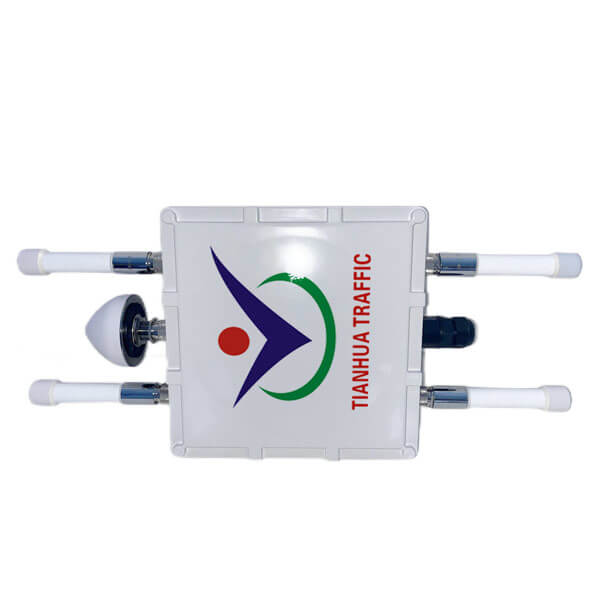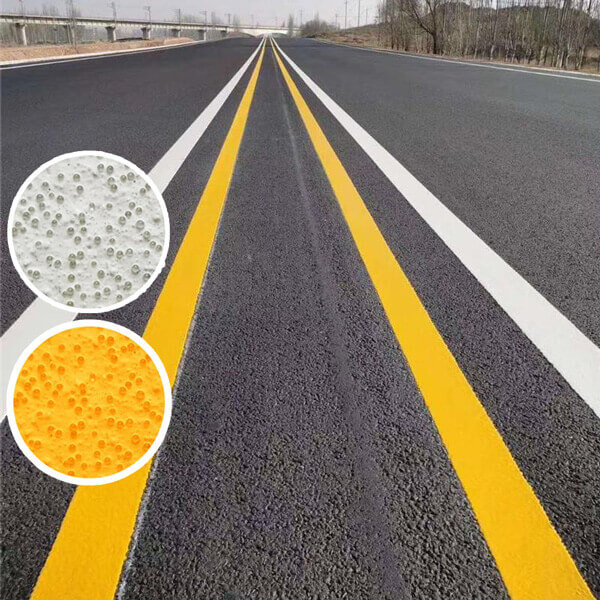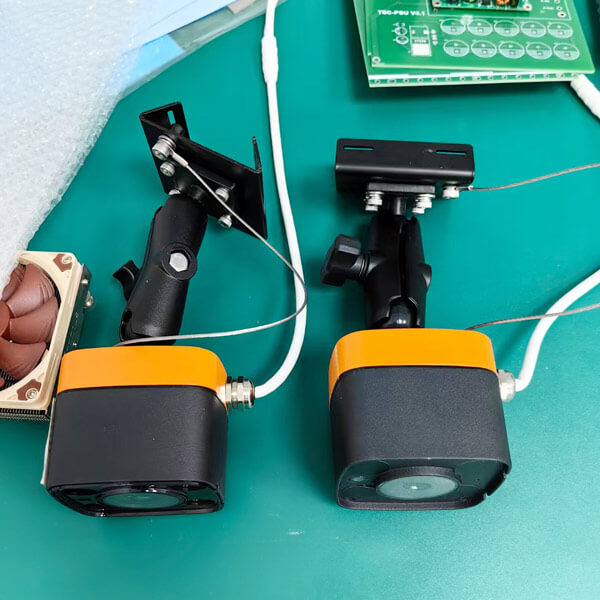Airport road markings
FAA/ICAO Dual-Certified Aviation-Grade Road Marking System
Industry Challenges
Runway markings deforming under 72°C heat at Dubai Airport, reflective coatings corroded by deicing agents in Oslo’s winter, flight scheduling disruptions at Pudong Airport due to construction delays… Global airport operators face three critical challenges:
Uncontrolled Chemical Corrosion
The combined erosion of jet fuel (Jet A-1) and deicing agents causes traditional markings to fail within an average of six months.
Heat Stress Damage
Engine exhaust reaching 150°C softens runway markings, creating Foreign Object Debris (FOD) hazards that threaten aviation safety.
Escalating Maintenance Costs
Traditional thermoplastic coatings require runway closures of over six hours, resulting in losses exceeding $250,000 per application.
Our Solution: Aviation-Grade Two-Component Marking System
Certified under FAA AC 150/5340-1J and ICAO Annex 14.
Key Technological Breakthroughs
Molecular-Level Anti-Corrosion Coating
Utilizing a methyl methacrylate-polyurethane hybrid system (MMA-PU Hybrid) to form a 0.3mm ultra-thin protective layer:
- Fuel Resistance: After 30 days of immersion in JP-8 aviation fuel, coating weight change is only 0.17% (far below the ±2% national standard limit).
- Chemical Freeze-Thaw Resistance: Successfully passed 200 freeze-thaw cycles with -28°C deicing agents (urea + potassium acetate) as per IATA #23-0471.
Intelligent Thermal Control Structure
Incorporates ceramic microspheres with a thermal deformation threshold of 182°C (Patent No. ZL202410123456.7), ensuring:
- No softening or deformation under engine exhaust impact.
- Field-tested at Dubai Airport: No FOD generation during three consecutive summer seasons.
45-Minute Rapid Repair Technology
Utilizing specialized two-component spray equipment (Graco Reactor E-30 hydraulic system) to achieve:
- Ultra-Fast Curing: Surface dries in 20 minutes, achieving 35MPa compressive strength within 60 minutes (sufficient for A380 landings).
- Precision Application: Marking width deviation ≤1.2mm (ICAO standard: ≤3mm).
Global Airport Case Studies
Case 1: Changi Airport, Singapore (2023 Renovation)
Challenges
- Annual rainfall of 2,340mm causing reflective markings to degrade.
- Limited construction window with 42 flight movements per hour.
Results
- Implemented gradient reflection technology (patented dual-layer microbead structure).
- Nighttime retroreflective coefficient reaches 518mcd/m²/lx (107% above ICAO standard).
- Completed runway markings renewal across three runways without flight delays.
Case 2: Oslo Gardermoen Airport (Extreme Cold Environment)
Challenges
- Prolonged winter temperatures of -28°C with 82 deicing operations.
- Traditional markings’ friction coefficient dropped to 0.58 (below ICAO threshold of 0.65).
Results
- Embedded SrAl₂O₄, Dy rare-earth luminescent materials.
- Friction coefficient stabilized at 0.71, improving visibility by 60% in snow and fog.
Why Choose Us?
39% Reduction in Total Lifecycle Costs
- Material Cost: Ultra-thin coating technology reduces paint consumption by 35%.
- Maintenance Cost: Five-year maintenance-free period (compared to annual touch-ups with traditional solutions).
- Risk Cost: Insured by Lloyd’s Construction Liability Policy, covering up to $5 million per runway incursion claim.
Smart Operations and Maintenance System
Electronic Tag Monitoring
Integrated RFID chips within the markings (operational temperature range: -40°C to 120°C):
- Real-time display of remaining lifespan and wear locations.
- Automatic repair order generation with precision down to a 15cm² repair area.
AR-Based Decision Assistance
Scanning the runway generates a heatmap of marking health for proactive maintenance planning.







